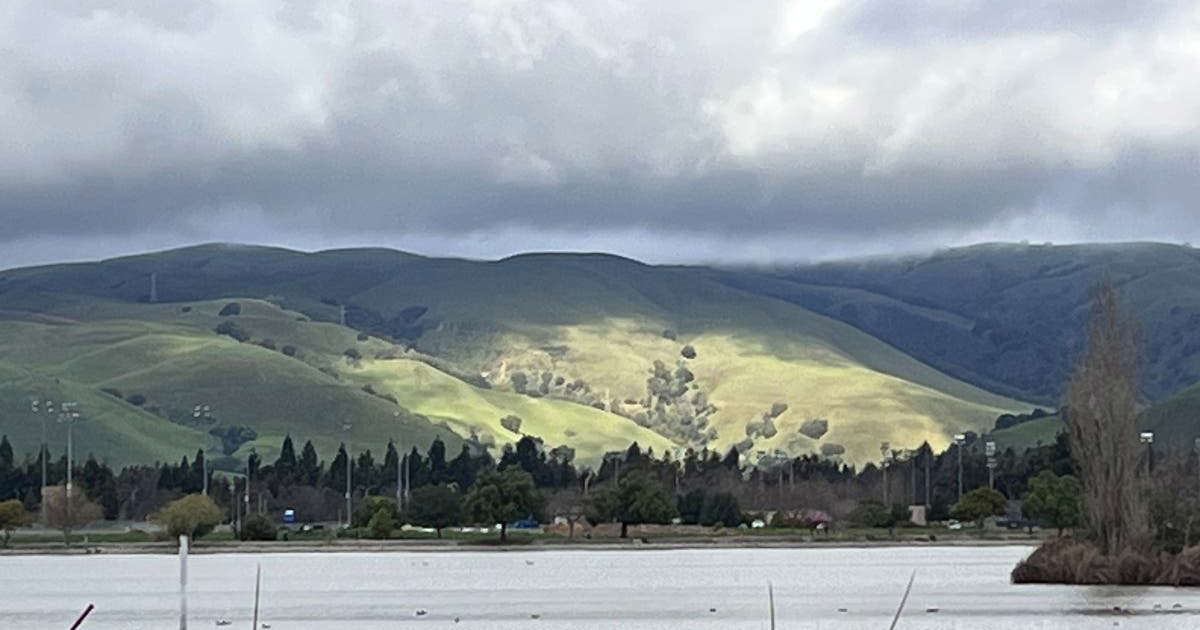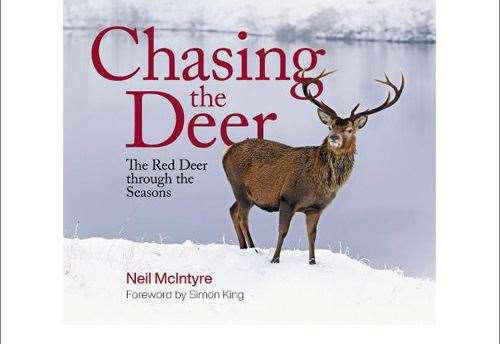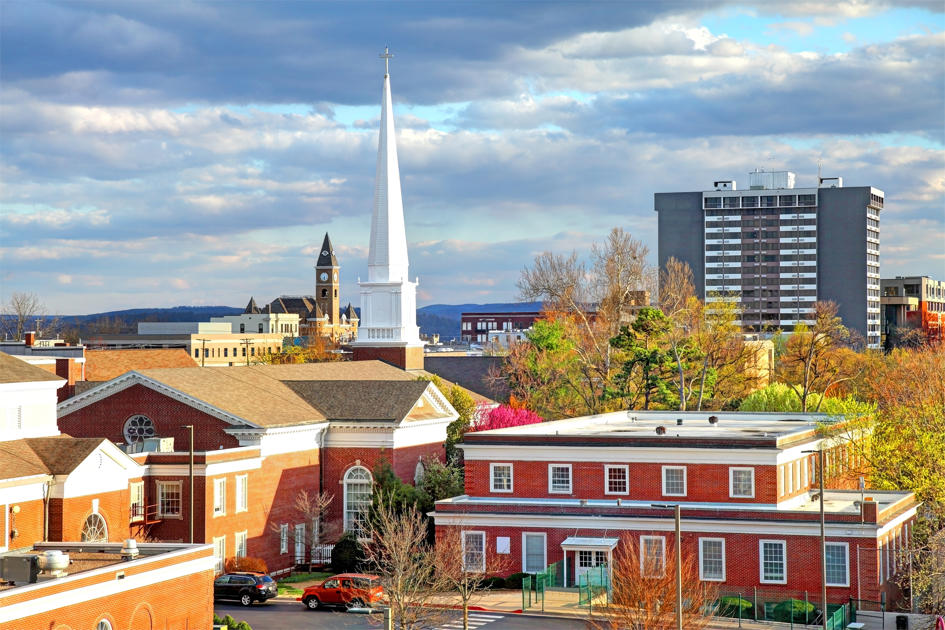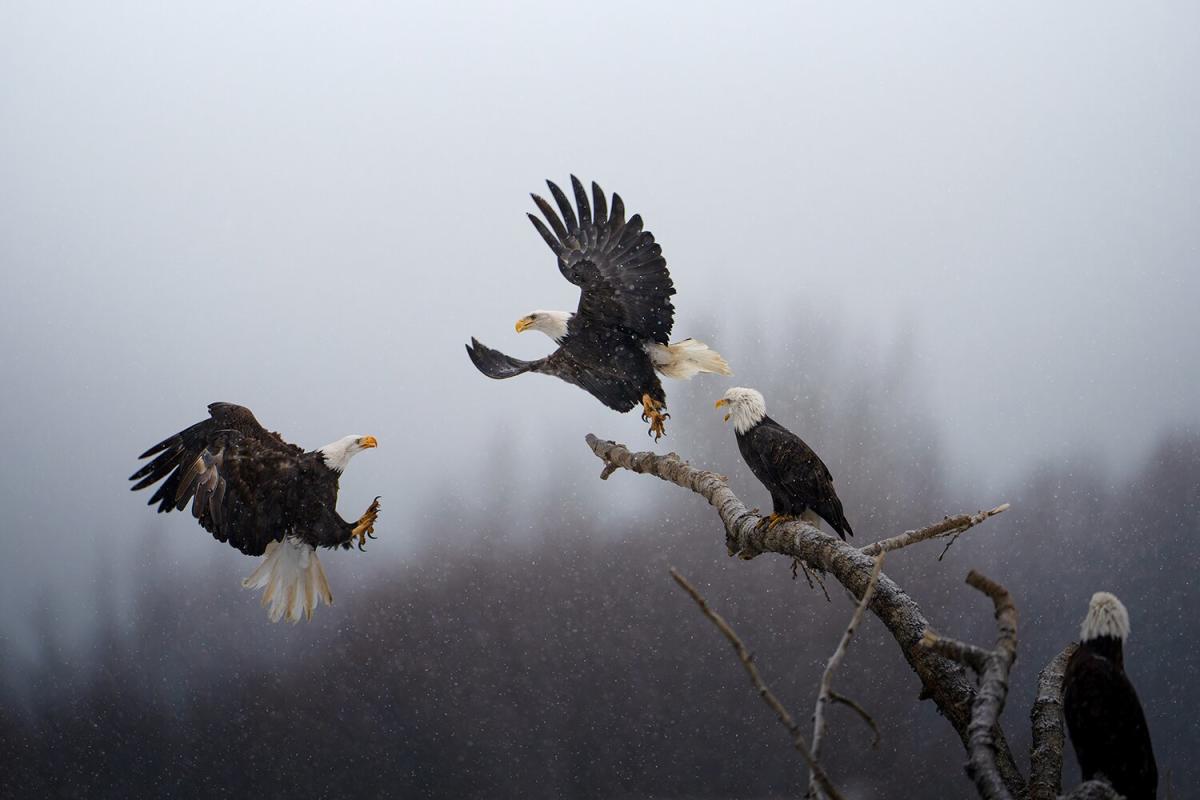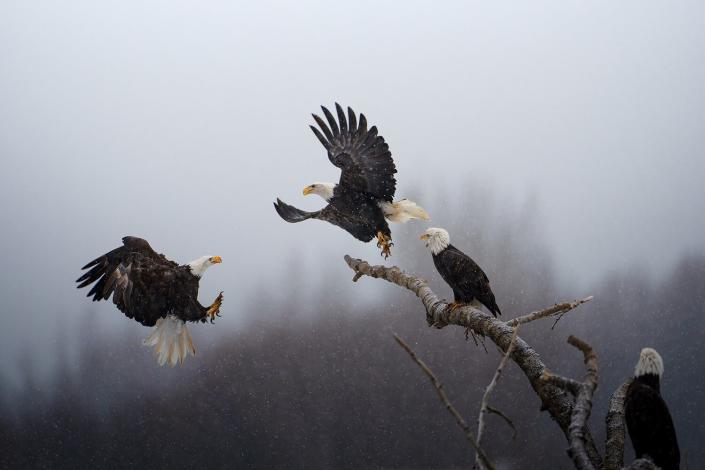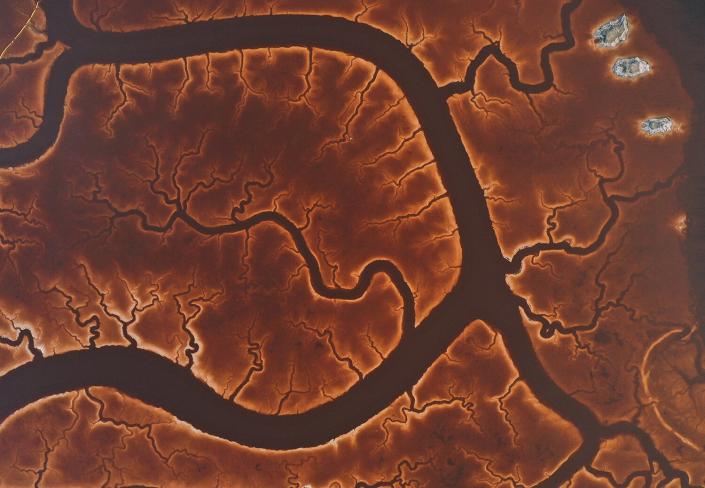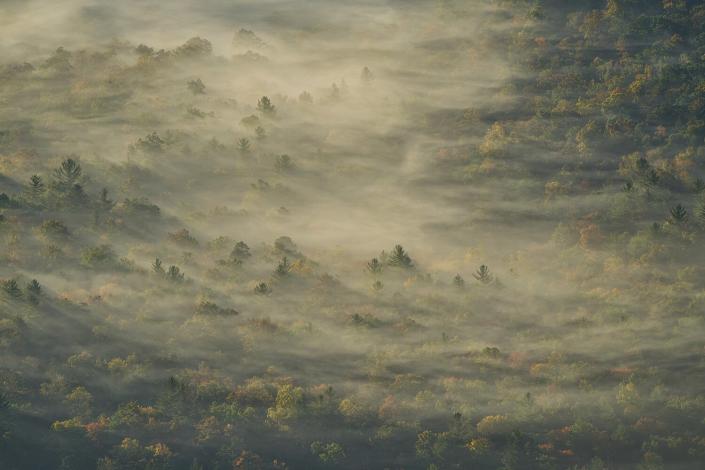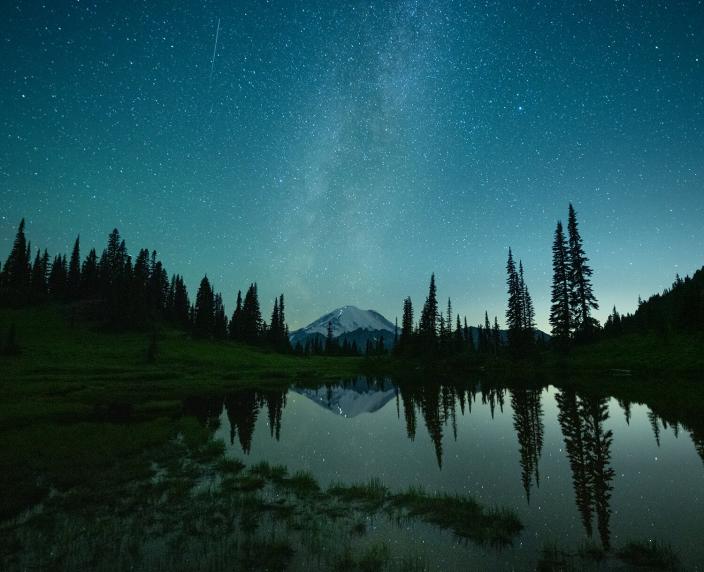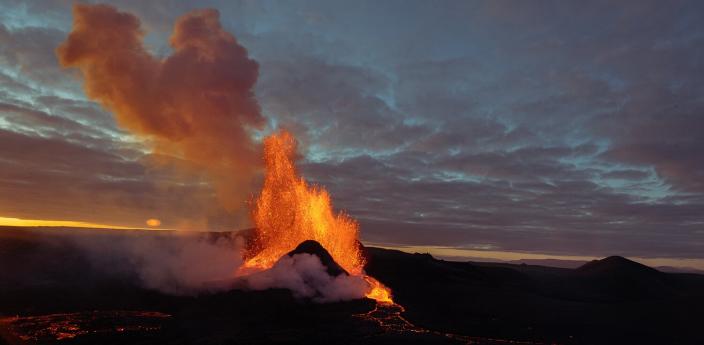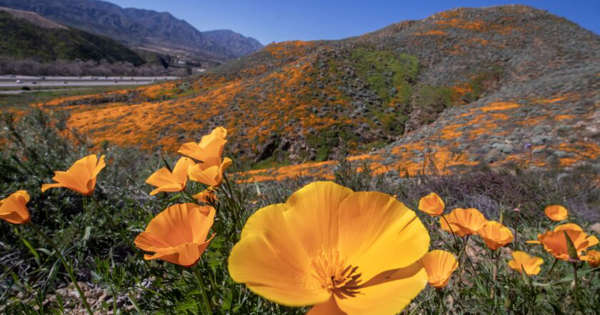Joe Gowac, a second-grade teacher at Memorial School in East Hampton and amateur photographer, had, in fact, forgotten about the agency selecting his image in 2020.
The circa-1938 structure, which spans the Connecticut River between Middletown and Portland, is an iconic image throughout the state. Known locally as the Portland bridge, its two distinctive, 600-foot steel arches have the longest span length of any bridge in the state, according to the state Department of Transportation.
The Arrigoni is among the new presorted first-class mail four-bridge series, which includes the Bob Kerrey Pedestrian Bridge in Omaha, Neb.; Skydance Bridge in Oklahoma City; and Iowa-Illinois Memorial Bridge in Bettendorf, Iowa, and Moline, Ill.
USPS Art Director Ethel Kessler designed the bridge series stamps, according to the postal service.
“When I saw the news that it was being released this year, I was excited to see that it was finally happening. Anytime a photo you take gets some recognition, it’s a great feeling,” said Gowac, a 17-year teacher.
The image is indeed an eye-catching one: The setting sun casts its last rays of light on the horizon with the Arrigoni’s blue-purple arches in the foreground against a darkly colorful sky. Lush, green trees and other vegetation in the foreground provide a natural contrast to the scene.
The photograph originally was shared on his Instagram account, @joegophotos. Gowac’s feed is filled with up-close pictures of life in the wild: eagles, deer, owls, hummingbirds, flowers and bees, as well as nature and ocean scenes.
When the photograph was taken, he was living in Middletown, closer to the Arrigoni, said Gowac, who was paid for the use of his photo but still owns the rights to the image.
He began his hobby by using a traditional camera, taking pictures of wildlife, said Gowac, who spends a majority of his leisure time capturing scenes. Eventually, he took up drone photography, which he uses to chronicle sunrises and sunsets at the bridge.
“Being an elementary school teacher takes up a lot of my time during the school year, so when the weekend comes, I like to get outside and enjoy the free time,” he said.
Gowac has added youth sports to his photography repertoire, “but wildlife and drone photography are my favorite things to do,” he said. “The unpredictability of what you will find or capture is something that keeps me going out whenever I get the chance.”
The photo was taken in 2019 and posted on his Instagram account that day, Gowac said. A year later, a USPS representative commented on the post, wanting to get in touch with him, but “I immediately thought they were trying to get something from me.”
The schoolteacher eventually called the person and learned the agency was interested in his photograph being among bridge stamps being released over the next few years, Gowac said.
“I kept grilling this guy, because I didn’t believe it. … Everything I asked him, he had an answer for; everything I asked him to share, he shared with me,” he said. Soon, Gowac realized, “this is legit.”
The photographer believes his image may have been found because of his use of hashtags, such as #bridges and #bridgesofAmerica. After signing the contract with USPS, Gowac heard nothing more. “It took so long, almost two years later … I forgot about it.”
He only realized that he’d achieved “fame” when a friend sent him a link to a recent article about the new stamps.
Photographers return again and again to the river to capture scenes. Gowac, who is fascinated with how light plays upon the structure, feels similarly.
“I always try to get a good sunset or sunrise,” he explained. “I’ve probably done drone photography there 15, 20 times. Every time, whether it’s the color of the sky or how the sun is lighting up the bridge, it’s always something different.”
Gowac is also inspired when he sees friends take a particularly striking picture of the bridge, and feels a little bit of envy: “I wish I went out that night to take that photo.”
It’s not uncommon for Gowac to bring his wildlife shots into class, especially when the unit is about birds, or owls — his favorite subjects. He’s also included them in his weekly newsletter to parents, who always enjoy seeing them.
He’s gotten a lot of good feedback from friends and colleagues now that his art is being displayed on a national stage, said Gowac, who enjoys the hunt for the perfect scene. “What I love about it is the unpredictability of the whole thing. You just don’t know what you’re going to find,” he said. “That not knowing is a little bit more fun than actually taking the pictures, for me.”
The excitement, Gowac noted, stems from thinking “is today going to be the day where I get that picture I’ve always wanted or is it going to be four hours of sitting outside doing nothing? Either way, it’s about getting away from the classroom a little bit, and having that peace and calm, just getting outside with nature.”
Gowac’s favorite subject is owls. He’ll get tips from friends who have spotted one and head out to try his luck at getting a photo. “Owls stay for a very long time; even in the same tree, all day, day after day,” he said, which makes them very easy to find.
Gowac has photos of snowy owls on his Instagram feed, but they’re not so easy to spot this season. In fact, he’s only found one in New Hampshire that he took a photo of from very far away. “Last year there were a ton in Stratford, so I could go almost every weekend after the beach and there would be at least one or two. It was almost guaranteed,” he added.
The four-bridge stamp series is available for purchase by bulk mail users in coils of 3,000 and 10,000. Collectors can purchase them in strips of 25 by calling Stamp Fulfillment Services at 816-545-1110, but those stamps are not valid for postage. For information, visit bit.ly/3wGmqfx.
